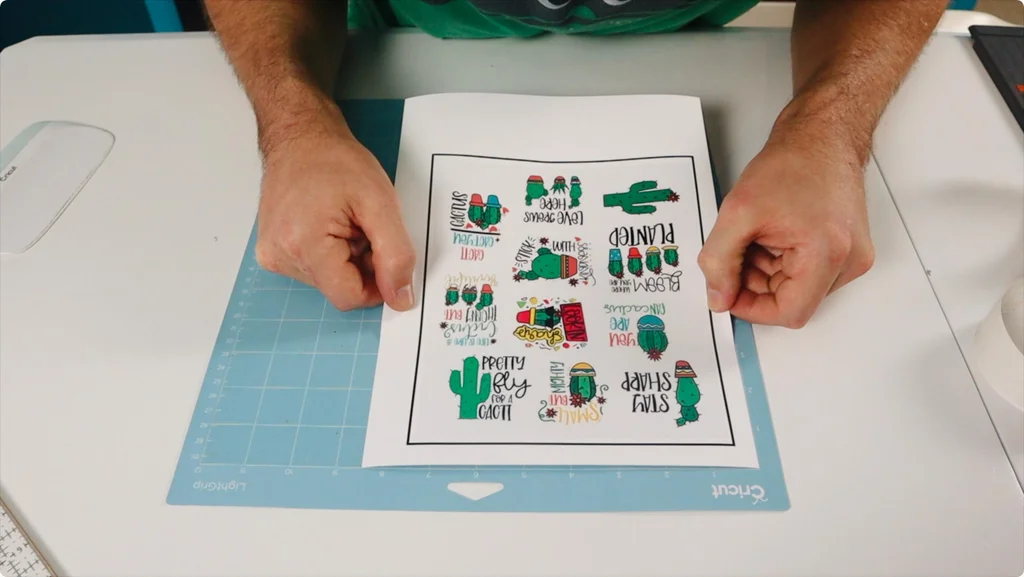Die-cutting technology, once rooted in traditional methods, has undergone a transformative evolution. The contemporary landscape of die-cut artwork is marked by cutting-edge advancements that bring unprecedented precision and intricacy to the forefront. These innovations not only redefine the possibilities in design but also enhance efficiency across various industries.
- Key Technological Advancements:
- Computer-Aided Design (CAD): The integration of Computer-Aided Design (CAD) technology has ushered in a new era in die-cutting. Designers now harness the power of digital precision, enabling the translation of intricate digital designs into tangible die-cut patterns. This not only enhances accuracy but also allows for the realization of highly detailed and complex artwork.
- Laser Die-Cutting: A pivotal leap in die-cutting technology is the incorporation of laser technology. Laser die-cutting systems bring a level of precision that was once unimaginable. These systems offer finer details, sharper edges, and the versatility to cut through a broad spectrum of materials with unparalleled accuracy.
- Multi-Tool Die-Cutters: The advent of multi-tool die-cutting machines marks a significant stride forward. These machines boast the capability to execute various processes, including cutting, scoring, and perforating, all in a single pass. This not only streamlines production but also contributes to enhanced efficiency and reduced manufacturing times.
- Materials and Applications:
The expanding versatility of die-cutting technology has broadened its application across diverse materials. Whether it’s paper, cardboard, plastics, or thin metals, modern die-cutters are equipped to handle an array of materials. This adaptability has led to the technology’s widespread adoption in industries ranging from packaging and printing to textiles and electronics.

- Increased Efficiency and Cost-Effectiveness:
Precision is not just an aesthetic virtue; it translates into tangible benefits such as reduced material waste and improved production efficiency. Die-cutting technology, with its advanced precision, facilitates faster processing times, contributing to cost-effectiveness in manufacturing processes.
- Artistic Freedom and Customization:
One of the most notable outcomes of these technological advancements is the newfound artistic freedom for designers. The ability to create intricate and complex die-cut patterns opens avenues for unique and customized products. This creative latitude extends across various sectors, from innovative packaging solutions to captivating promotional materials.
- Challenges and Future Prospects:
While die-cutting technology has achieved remarkable feats, challenges persist. The quest for maintaining speed without compromising precision and addressing the demand for larger format die-cutting remains ongoing. Future prospects include exploring smart automation and integrating artificial intelligence to further enhance efficiency, opening doors to even more intricate and dynamic die-cutting possibilities.
Conclusion:
The journey of die-cutting technology from its traditional roots to the pinnacle of precision is a testament to human ingenuity. As advancements continue, the marriage of precision and intricacy in die-cutting promises not only to redefine artistic possibilities but also to reshape the landscape of manufacturing across a myriad of industries. In this evolving realm of die cut artwork, die-cutting technology emerges not just as a tool but as a canvas for creativity and innovation, unlocking new dimensions in design and production.


